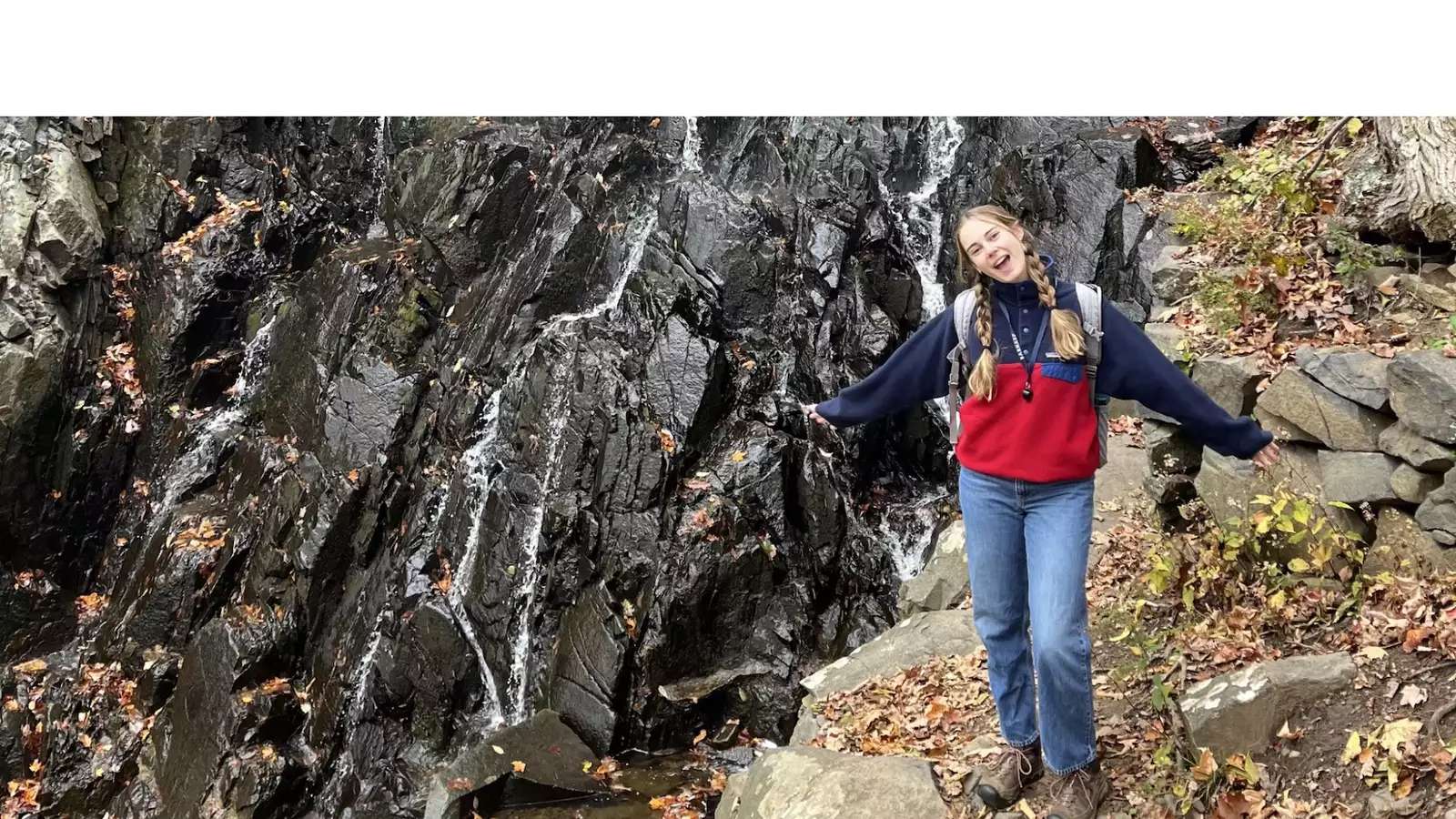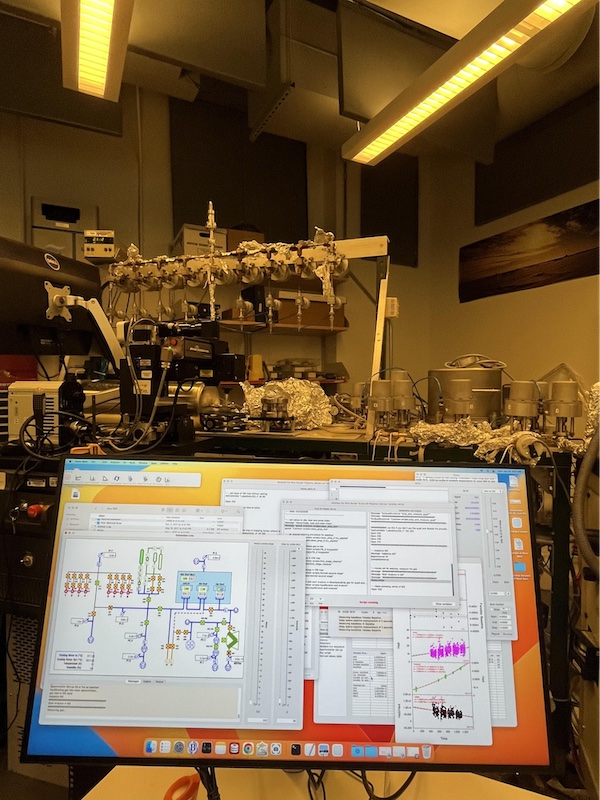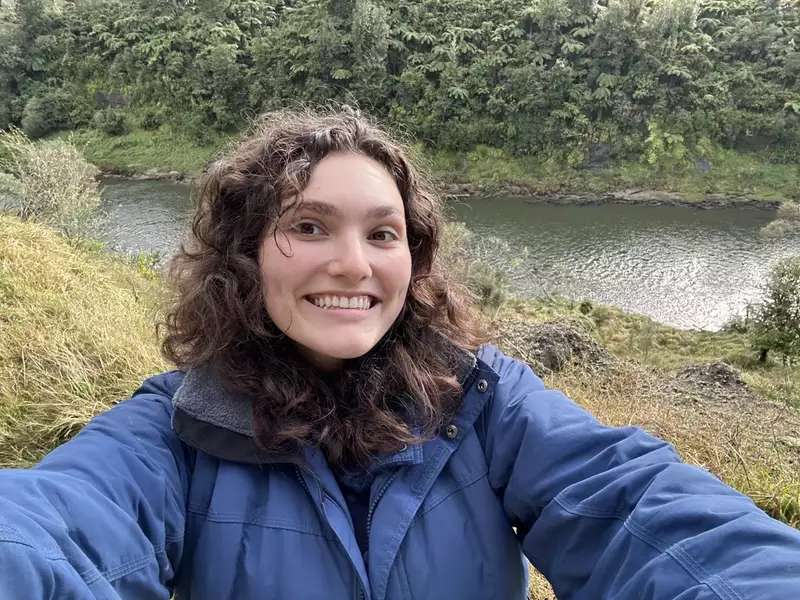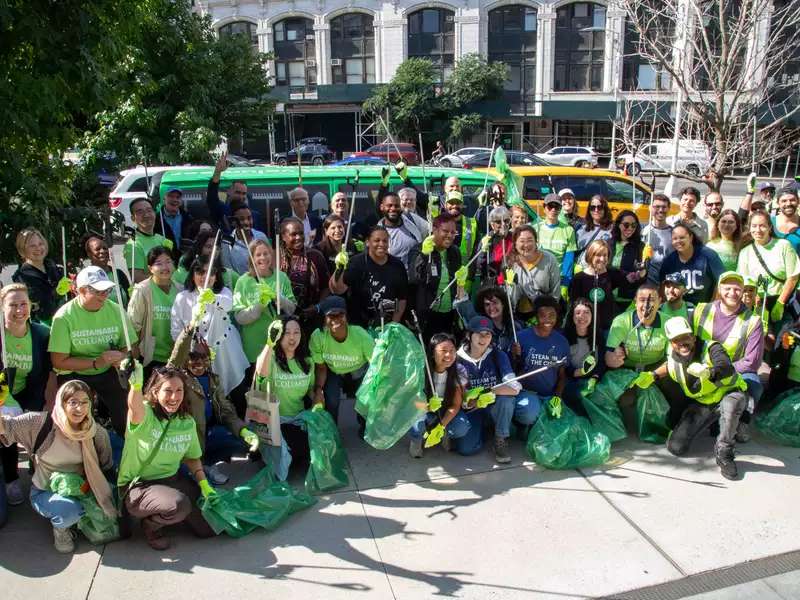
As a resource available to future scientists attending Barnard College, the annual Summer Research Institute (SRI) program offers STEM scholars the opportunity to conduct funded, faculty-mentored research in laboratories on- and off-campus. Environmental biology major Gina Brown ’26 is among the 341 students this year who have received access to subsidized campus housing, mentorship, faculty lectures, and workshops.
Under the leadership of Sidney Hemming — professor of earth and environmental science at Columbia University — Brown is researching new ways to understand sediment accumulation rates in the ocean. The method involves isolating interplanetary dust particles (IDPs) in sediments from the Ontong Java plateau in the Pacific Ocean and Iceberg Alley off the coast of Antarctica to unearth their isotopic ratio — a key in distinguishing the IDPs from terrigenous minerals.
“Using the IDPs as a way to measure ocean circulation may seem fairly complex, but my work aims to streamline this process and make it easier for other scientists to use this proxy,” said Brown, of the research she’s conducting with Hemming.
Brown’s relationship with Hemming predates SRI. They became acquainted last fall when Brown asked if she could join Hemming’s lab at the Lamont-Doherty Earth Observatory, which sparked a nearly yearlong partnership and Brown’s eventual internship there. One of the many perks of researching during the semester, according to Brown, is the opportunity to apply lessons learned in the classroom to tangible research projects.
“SRI has enabled [me] to explore other fields of earth science that I wouldn’t have normally considered due to budget and grant constraints,” said Brown.
Follow along to see Brown’s Day in the Life, which includes checking the lab’s mass spectrometer, nicknamed “Lily,” in midmorning and spotting a red-tailed hawk in early evening.
7:30 a.m.: Wake up and have breakfast. I usually eat eggs, but today I switched it up with some yogurt, granola, cherries, and raspberries.
9 a.m.: I board the shuttle to Lamont-Doherty Earth Observatory in Palisades, New York. It’s around a 40-minute drive. I usually like to listen to an audiobook on the shuttle or chat with friends.
9:40 a.m.: Every Monday morning, the geochemistry division has breakfast together, complete with coffee and Absolute Bagels. This is a great time for [undergrad] students, grad students, and researchers to build connections and engage in a sense of community at Lamont.
10:30 a.m.: I check on the mass spectrometer that is affectionately nicknamed “Lily,” which measures helium-3 and helium-4. Lily has been having some trouble with peak centering the isotope measurements, so I have been running tests to figure out what might be wrong.
11 a.m.: While Lily is hard at work, I run over to Core Lab to weigh out some samples I’ll be measuring for helium-3 and helium-4 compositions. Core Lab houses the largest sedimentary core repository in the world, which makes it super easy to request samples.
12 p.m.: Lunchtime. Lamont has interns from all sorts of programs: an NSF REU, Columbia SURF, and SRI. We all like to eat together at a picnic table outside and chat about our research. Lamont also has its own cafeteria, which is convenient when I am grabbing a quick bite.
1 p.m.: New samples alert! These came from a colleague at Caltech who has done a lot of work with interplanetary dust particles. I’ll be attempting to isolate the IDPs from these samples in particular. They will need to be weighted, density-separated, and then loaded into a disk for the mass spectrometer to analyze.
5 p.m.: I took the 4 p.m. shuttle from Lamont and arrived back at Columbia only to come across this red-tailed hawk eating its dinner on the Low Steps.
6 p.m.: Dinnertime! I made a salmon, cucumber, and avocado rice bowl, along with a soft-boiled egg, topped with chipotle mayo. I love cooking on my own after work — and this may have been my best culinary effort yet!











